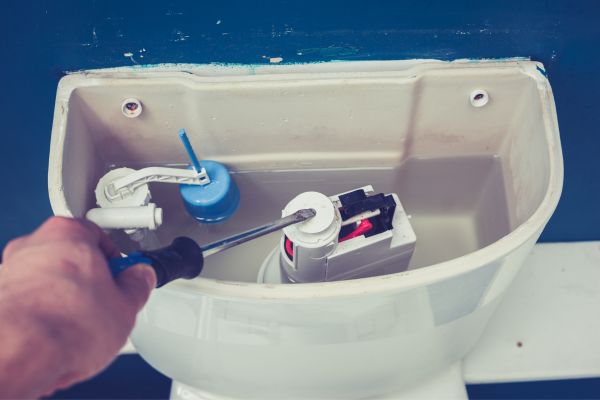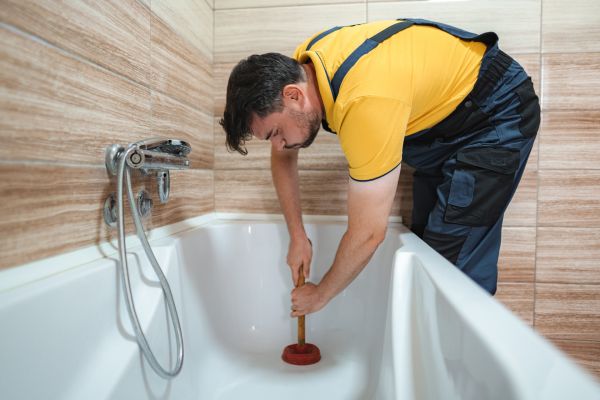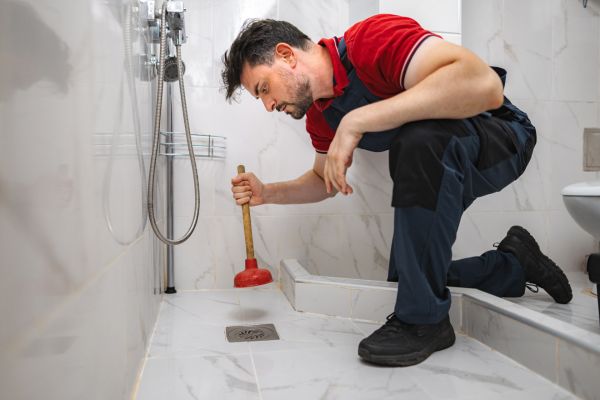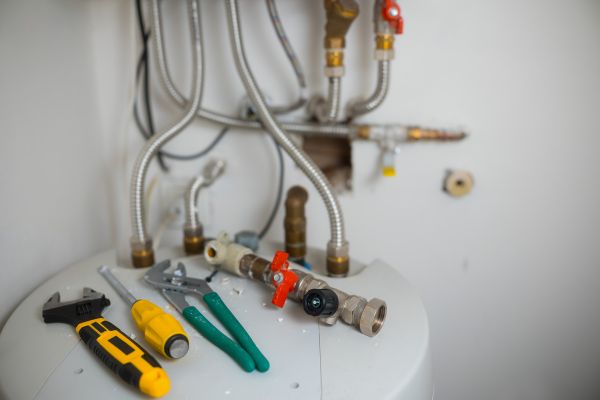If you’ve ever walked past your bathroom and heard the constant trickle of water, you know how annoying — and wasteful — a running toilet can be. It’s one of those problems people tend to ignore until the water bill spikes or the sound starts driving them a little crazy. The good news is that you don’t need to be a plumbing pro to solve it. With a little guidance, you can learn how to fix a running toilet quickly and without spending a fortune.
Why a Running Toilet Matters More Than You Think
Let’s be real, a running toilet isn’t just background noise. Every drop of water that slips down the drain is money you’re literally flushing away. On average, a constantly running toilet can waste hundreds of gallons of water per day. That’s bad news for your wallet and for the environment. So, figuring out how to fix a running toilet isn’t just about peace and quiet — it’s about being practical and responsible too.
First Things First: Understanding the Basics
Before diving into tools and repairs, it helps to know what’s going on inside your toilet tank. When you flush, water flows from the tank into the bowl, the flapper closes, and the tank refills. If something in that chain reaction doesn’t work properly, the water keeps running. Usually, the culprits are:
- A faulty flapper
- A misadjusted float
- A problem with the fill valve
Don’t worry, these sound more complicated than they really are. Once you peek inside the tank, you’ll see how straightforward it is.
Checking the Flapper
The flapper is the rubber seal at the bottom of the tank that lifts when you flush. If it doesn’t seal tightly, water leaks into the bowl, causing the toilet to run. To test this, push down gently on the flapper with a stick or even your finger (yes, clean water in the tank — not gross). If the running stops, you’ve found the issue. Replacing a flapper is cheap and takes less than ten minutes. Just pop out the old one and clip in a new one from the hardware store. Boom — problem solved.
Adjusting the Float
If the flapper isn’t the problem, the float might be set too high. The float controls how much water fills the tank. When it’s too high, the water keeps flowing into the overflow tube, never signaling the tank to stop refilling. The fix? Adjust the float down a bit. If you have the old-style ball float, you can bend the rod slightly to lower the level. If it’s a modern cup-style float, there’s usually a clip or screw you can slide to adjust the height. Lowering it even half an inch often stops the constant running.
Inspecting the Fill Valve
Sometimes the issue is with the fill valve itself. This is the tall mechanism that refills the tank after a flush. Over time, the valve can wear out or get clogged with sediment. You can try cleaning it by turning off the water supply, removing the cap, and rinsing out any debris. But if cleaning doesn’t do the trick, replacing the fill valve is usually the way to go. Don’t stress — fill valve replacement kits are inexpensive and come with clear instructions right on the package.
The Easy DIY Process Step by Step
So, to recap, here’s the casual, hands-on way of how to fix a running toilet without calling a plumber. First, remove the tank lid and just observe. You’ll often see right away where the problem is happening. Next, test the flapper seal. If it looks worn or doesn’t sit right, swap it out. If that’s fine, check the water level by seeing where the float rests. If it’s too high, adjust it downward. And if both of those look good, move on to the fill valve. You’ll know it’s time to replace it if water keeps running no matter what you adjust.
The thing is, all these fixes are low-cost and require minimal tools. At most, you might need a pair of pliers or a small wrench, but often it’s just your hands. Pretty empowering, right?
Common Mistakes to Avoid
One mistake people make is ignoring mineral buildup. If you live in an area with hard water, sediment can block parts inside the valve, making it malfunction. Another common misstep is overtightening parts when replacing them. Toilets are tough, but overtightening can crack the tank or strip threads. Take it easy. Also, resist the temptation to just jiggle the handle every time it runs. That’s a temporary band-aid, not a fix.
When to Call a Plumber
Sometimes, despite your best efforts, the toilet still keeps running. Maybe the tank has a hairline crack, or there’s a hidden issue with the flush handle mechanism. If you’ve tried replacing the flapper, adjusting the float, and even swapping out the fill valve with no success, it might be time to call in a professional. At that point, you’ve eliminated the usual suspects, so a plumber can check for less obvious problems.
Keeping Your Toilet in Good Shape
Learning how to fix a running toilet is only half the battle. The other half is preventing it from happening again. Every few months, lift the tank lid and take a quick look. Make sure parts are clean, nothing’s corroded, and the flapper still seals properly. Catching small wear-and-tear early means you won’t wake up one night to the sound of water endlessly running.
Final Thoughts
At the end of the day, figuring out how to fix a running toilet isn’t rocket science. It’s more like a small puzzle that just needs a little patience. Most of the time, it comes down to the flapper, the float, or the fill valve — all easy, budget-friendly fixes. And once you’ve done it once, you’ll feel confident handling it anytime in the future. No more water waste, no more annoying sounds, and definitely no more skyrocketing bills. So next time your toilet decides to keep running, you’ll know exactly what to do.



